By Nathan Straub
Have you ever enjoyed the music that plays during a movie? Do you suddenly have “aha!” moments when you learn that a theme from an old cartoon was actually a legitimate composition (thank you, Looney Tunes!)?
You can thank the Romantic Period for these familiar sensations. The fact is that when most people think of classical music, they are thinking of the symphonies, concertos, operas, and sonatas of the Romantic period. Composers such as Chopin, Wagner, Debussy, Verdi, Puccini, Mahler, Schumann, Schubert, Beethoven (to be discussed a separate time!), and many more composed thousands of pieces still performed around the world.
Today, I will be providing a list of my favorite songs from this period, as well as a brief description about what to listen for.
‘Nessun dorma’ from Turandot by Giacomo Puccini
In this aria, sung here by the famous Pavarotti, Calaf has already won a dangerous game in order to win the princess’s hand in marriage. When he had completed the challenges, the princess refused to submit and so he gave her a challenge: discover my name, and you may execute me. This aria takes place hours before the deadline for the princess to know his name, and is Calaf awaiting his victory!
Ballade No. 1 in G minor Op. 23 by Frederic Chopin
This ballad takes the cake as my favorite piano piece. Listen to the variety of texture (number of notes playing simultaneously) the melody (the tune you could sing along to) and the harmony (the notes changing under the melody). The theme (repeated melody) at 3:12, however, is what makes this pieces amazing in my mind. Chopin takes this simple melody and makes it bigger, plays it on different notes, and grows the intensity of the mood until 4:45 when he arrives at one of the best musical moments in piano repertoire!
Clair de Lune by Claude Debussy
You may recognize this beautiful work of art as the song played at the end of the movie, Ocean’s Eleven. It is the type of music that one could listen to over and over. Debussy’s genius is in his advanced harmony. Arriving on the musical scene in the latter half of the Romantic period, Debussy had to compete with all of the greats. Clair de Lune is just one example of how he used a brilliant understanding of harmony to create original material in a unique style. The constant rolling chords, use of the damper pedal, and repetition of the theme make this an instant masterpiece!
Thank you for reading along and following my explorations of Music History! Which period would you like to learn about next?
Nathan Straub has a Master of Arts in Music and Bachelor of Music in Voice Performance from Washington State University where he was an instructor of Intro to Singing. He is currently Assistant Director of AWSOM teaching voice, piano and guitar in the Greater Seattle region. Nathan constantly reminds his students that talent is not a prerequisite for being musical. He has worked with young students all the way to retirees, including numerous high school and college-aged students.
Learn more about Nathan on his bio page, and fill out our Enrollment Form to get started with lessons.


